 W
WBald Hills War (1858–1864) was a war fought by the forces of the California Militia, California Volunteers and soldiers of the U. S. Army against the Chilula, Lassik, Hupa, Mattole, Nongatl, Sinkyone, Tsnungwe, Wailaki, Whilkut and Wiyot Native American peoples.
 W
WHenry M. Black was a United States Army officer who served as Commandant of Cadets at the United States Military Academy.
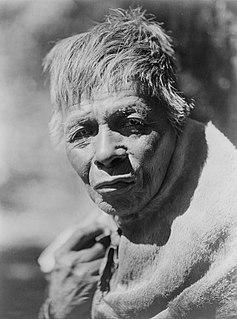 W
WThe Eel River Athabaskans include the Wailaki, Lassik, Nongatl, and Sinkyone (Sinkine) groups of Native Americans that traditionally live in present-day Mendocino, Trinity, and Humboldt counties on or near the Eel River and Van Duzen River of northwestern California.
 W
WFort Baker, in Humboldt County, California was an outpost of the Union Army for the Bald Hills War from 1862 to 1863. It was located 14 miles (23 km) east of Bridgeville on State Highway 36 on the west bank of Van Duzen Creek in Larabee Valley. The site of Fort Baker has been obliterated by frequent flooding.
 W
WFort Seward is an unincorporated community in Humboldt County, California. It is located on the Eel River 3.5 miles (5.6 km) north-northwest of Alderpoint, at an elevation of 328 feet.
 W
WHupa are a Native American people of the Athabaskan-speaking ethnolinguistic group in northwestern California. Their endonym is Natinixwe, also spelled Natinook-wa, meaning "People of the Place Where the Trails Return". The Karuk name was Kishákeevar / Kishakeevra. The majority of the tribe is enrolled in the Federally recognized Hoopa Valley Tribe.
 W
WThe Mattole, including the Bear River Indians, are a group of Native Americans in California. Their traditional lands were along the Mattole and Bear Rivers near Cape Mendocino in Humboldt County, California. A notable difference between the Mattole and other indigenous peoples of California is that the men traditionally had facial tattoos, while other local groups traditionally restricted facial tattooing to women.
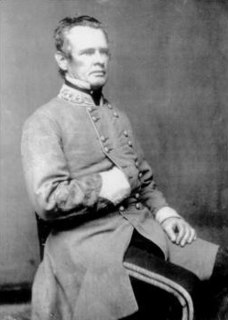 W
WGabriel James Rains was a career United States Army officer and a brigadier general in the Confederate States Army during the American Civil War.
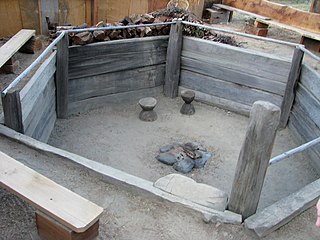 W
WThe Tsnungwe or Tsanunghwa are a Native American people indigenous to the modern areas of the lower South Fork Trinity River, Willow Creek, Salyer, Burnt Ranch and New River along the Trinity River in Trinity and Humboldt County in California. The Tsnungwe were a bilingual Hupa-Chimariko-speaking people and are known by the Hupa-speaking peoples as tse:ning-xwe. The primary language was the Tsnungwe dialect of Hupa, and the secondary language was Chimariko, although spoken with a Hupa accent.
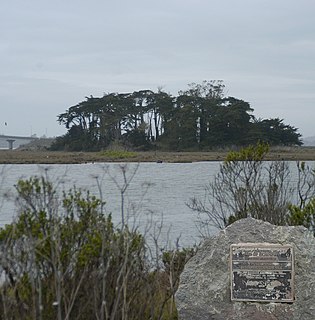 W
WTuluwat Island is located on Humboldt Bay within the city of Eureka, California. The 1860 Wiyot Massacre was perpetrated in the village of Tolowot or Tuluwat on this island. A National Historic Landmark encompasses the midden at Gunther Island Site 67. Since October 21, 2019, the Wiyot people have had the land deed to most of the Island.
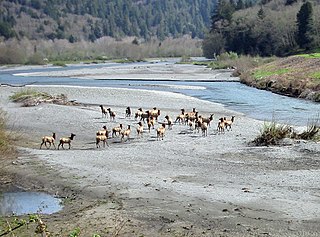 W
WThe Whilkut also known as "(Upper) Redwood Creek Indians" or "Mad River Indians" were an Pacific Coast Athabaskan tribe speaking a dialect similar to the Hupa to the northeast and Chilula to the north, who inhabited the area on or near the Upper Redwood Creek and along the Mad River except near its mouth, up to Iaqua Butte, and some settlement in Grouse Creek in the Trinity River drainage in Northwestern California, before contact with Europeans.